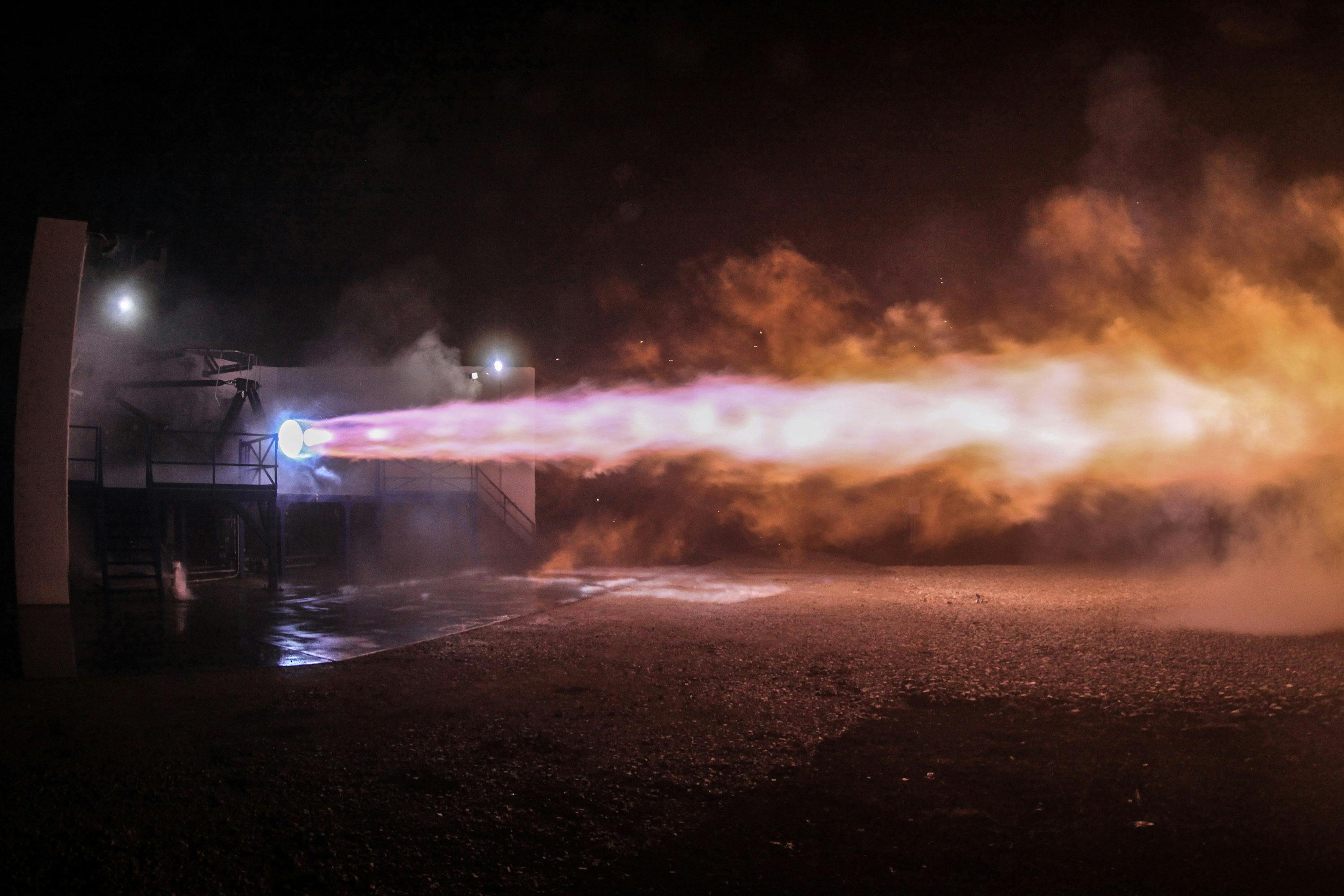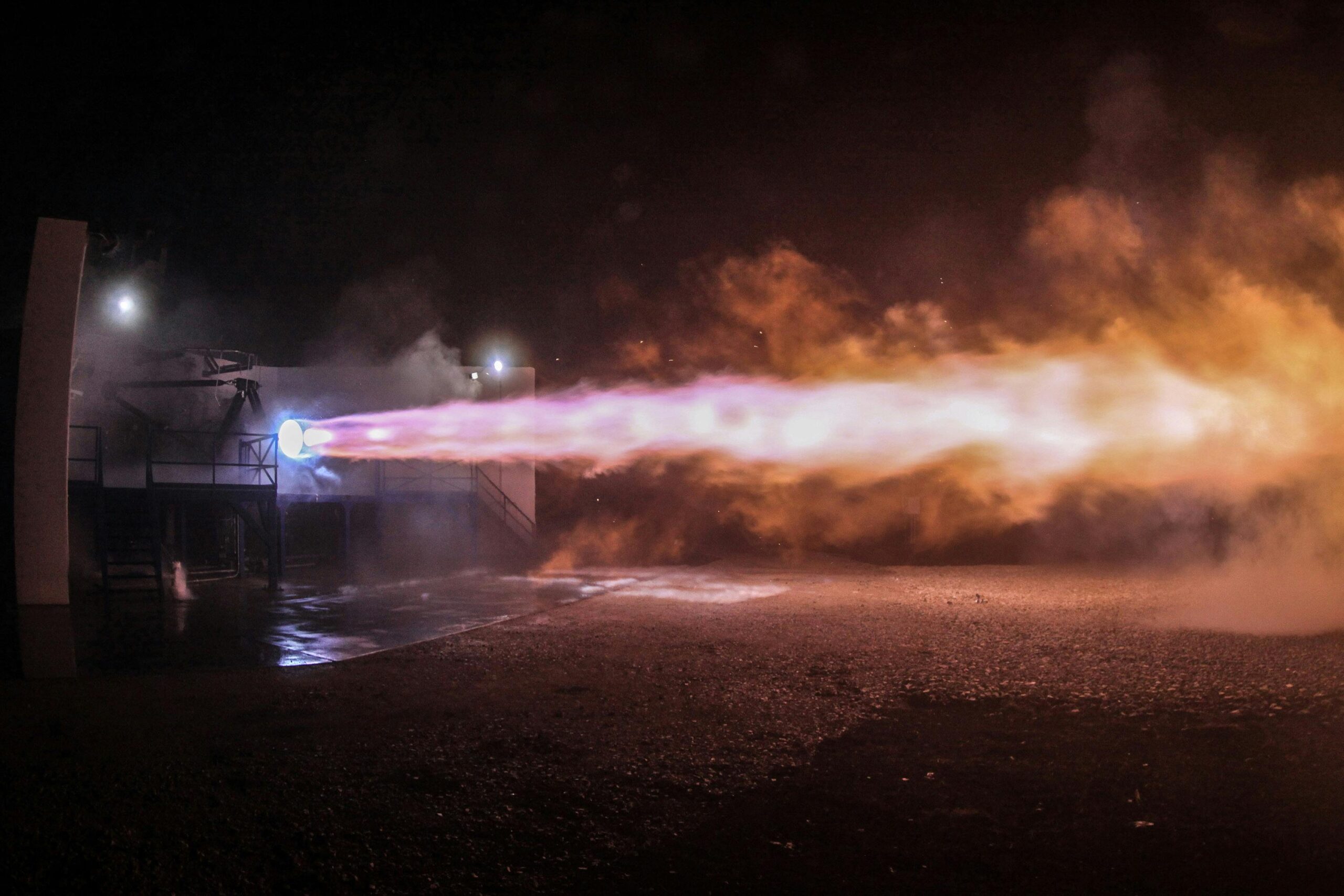Comprehensive China Aerospace Science and Technology SWOT Analysis
China’s aerospace sector is undergoing rapid transformation and global expansion. With strategic ambitions in space exploration, defense, and satellite systems, understanding the China Aerospace Science and Technology SWOT analysis is crucial. This article provides a deep dive into strengths, weaknesses, opportunities, and threats shaping the future of China’s space and aerospace programs.

Understanding the Fundamentals
China Aerospace Science and Technology Corporation (CASC) is the backbone of the nation’s space industry. Founded in 1999, it has become the central organization responsible for the research, development, and production of space systems, launch vehicles, and military-grade aerospace solutions.
Understanding CASC’s SWOT analysis allows stakeholders to grasp how it maintains global competitiveness. Just like a space shuttle relies on balance, so too must organizations weigh internal strengths against external threats.
1.1 Strategic Strengths
China Aerospace Science and Technology’s primary strength lies in its state backing, technological expertise, and vertical integration. It controls every phase—from R&D to launch—offering unmatched efficiency.
For example, CASC’s Long March series has executed over 400 successful launches. This reflects not just consistency, but superior project execution—one of the key strengths highlighted in any china aerospace science and technology SWOT analysis.
1.2 Systemic Weaknesses
Despite growth, CASC faces internal bottlenecks such as bureaucratic management and slower private sector integration. Compared to SpaceX’s agility, CASC still lags in commercial responsiveness.
Moreover, reliance on state funding reduces market-driven innovation. This dependency can become a long-term vulnerability in dynamic global markets.
Practical Implementation Guide
Now that we understand CASC’s foundational dynamics, how can stakeholders apply this SWOT insight? A structured approach will help maximize benefits and anticipate disruptions.

2.1 Actionable Steps
- Step 1: Conduct Internal Assessments: Identify resources, departments, or technologies aligned with CASC strengths (e.g., satellite R&D, propulsion).
- Step 2: Align Projects with Government Initiatives: Utilize the 14th Five-Year Plan and other national space strategies for funding and support.
- Step 3: Monitor External Changes: Set quarterly reviews of global aerospace advancements and trade policies impacting CASC’s supply chain.
2.2 Overcoming Challenges
Several implementation roadblocks exist:
- Regulatory red tape in international partnerships
- Delays due to centralized decision-making structures
- Tech transfer limitations from foreign collaborators
To counteract these, agile project teams and sandbox innovation zones can provide adaptive frameworks for quicker execution.
Advanced Applications
Once the SWOT strategy is operational, advanced applications like AI-driven aerospace simulations and autonomous drone systems come into play. These require deeper commitment but offer transformative value.

3.1 Space-Based AI Systems
China has launched AI-powered satellites capable of automated Earth observation and predictive analytics. These advancements reduce dependency on ground operations and optimize real-time data collection.
For instance, CASC’s Gaofen satellites are now crucial in agriculture and climate monitoring—highlighting the intersection of technology and sustainability in a SWOT context.
3.2 Hypersonic and Multi-Orbit Launch Vehicles
New developments in hypersonic technologies allow for reusable and faster launch cycles. These innovations help CASC stay competitive against U.S. and European aerospace advancements.
However, interoperability with international protocols remains a challenge. Efforts to bridge communication systems will define the next strategic milestones.
Future Outlook
China’s aerospace strategy is aligned with ambitions such as lunar bases by 2030 and Mars missions by 2040. This futuristic vision reflects opportunities in both public and commercial space endeavors.
Investors, scientists, and policymakers must anticipate shifts like quantum communications, space mining, and international orbital law. CASC’s adaptability will be tested as competition intensifies globally.
Conclusion
Three takeaways from this China Aerospace Science and Technology SWOT analysis:
- Strengths: Technological dominance and state integration
- Weaknesses: Rigid bureaucracy and limited private synergy
- Opportunities/Threats: Space race momentum vs geopolitical tension
To leverage this information, organizations should build strategic partnerships, invest in flexible infrastructures, and track policy evolution. China’s aerospace future is bright, but only those aligned with its trajectory will benefit.
Frequently Asked Questions
- Q: What is China Aerospace Science and Technology Corporation (CASC)? CASC is China’s primary space contractor, overseeing everything from rockets to satellites and space stations.
- Q: How can one get involved with CASC initiatives? Start by following national aerospace announcements and aligning with strategic projects under China’s space development roadmaps.
- Q: How long does it take to develop an aerospace project? Timelines vary, but major satellite or launch vehicle projects typically take 3–6 years depending on complexity.
- Q: What are the costs involved? Costs range widely: small satellite programs may cost $10M, while crewed missions can exceed $1B. Subsidies reduce burden for local partners.
- Q: How does CASC compare to NASA or SpaceX? CASC has broader state support but less market agility. NASA leads in research, while SpaceX leads in cost-efficiency and speed.
- Q: Is working with CASC technically demanding? Yes. It requires deep aerospace engineering knowledge, strong project management, and fluency in Chinese technical standards.
- Q: How can CASC solutions help other industries? CASC’s technologies support telecommunications, climate research, national defense, and agricultural planning across Asia and Africa.
